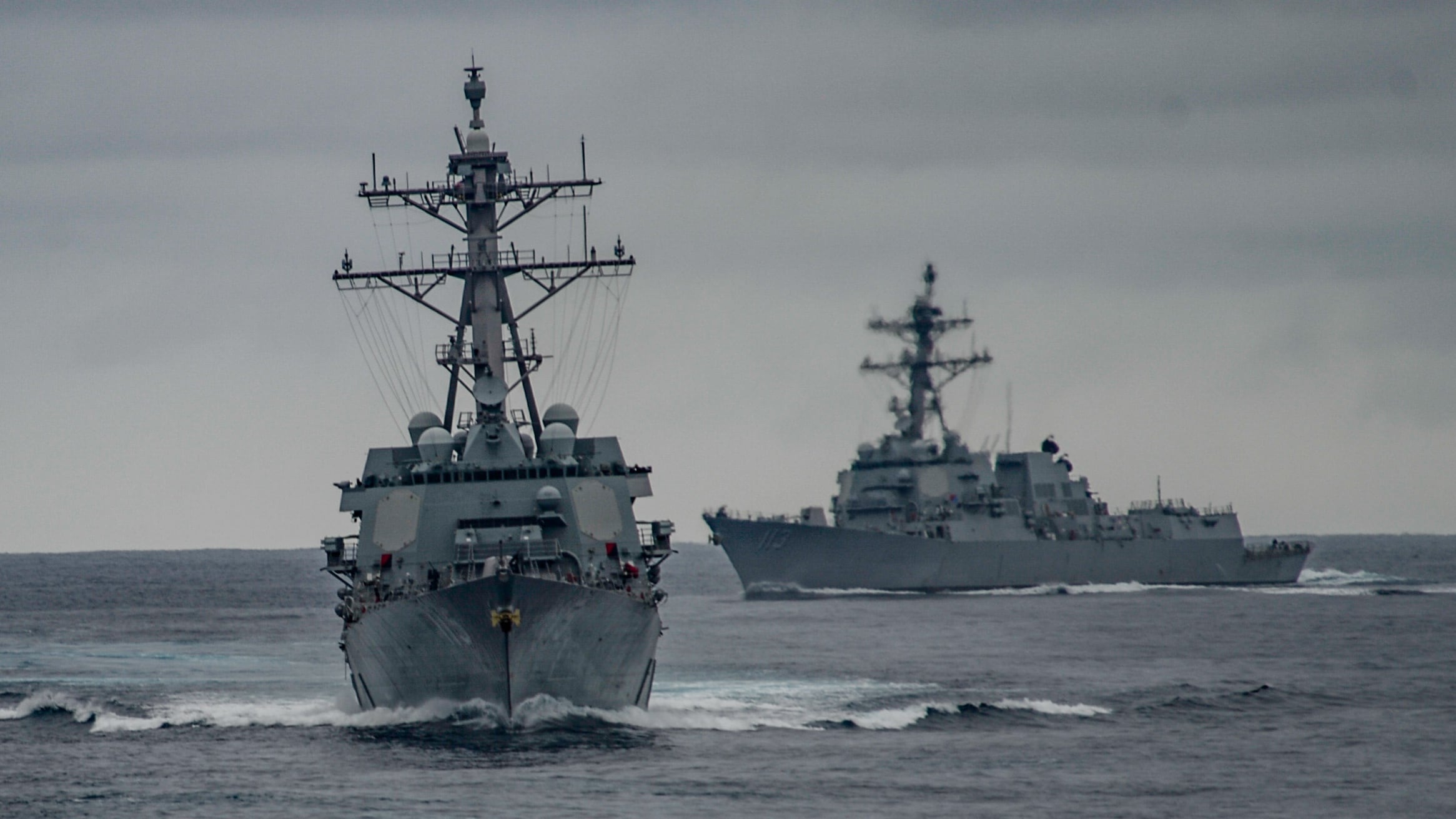WASHINGTON — The U.S. Navy supports, and is anticipating, sending an additional two destroyers to Rota, Spain, which would bring the total number to six DDGs based in Europe.
The move, which Navy leaders have opposed in the past on the grounds it pulls ships away from carrier strike groups, has been picking up steam as it has drawn congressional interest. U.S. European Command has been calling for more destroyers for years now.
In testimony before the Senate Armed Services Committee on Thursday, Chief of Naval Operations Adm. Michael Gilday told lawmakers he supported sending the two extra destroyers to respond to EUCOM demands.
“We support the additional two DDGs to Spain,” Gilday said. “Right now, we are working with U.S. European Command. They are working on their strategic laydown of the theater. And when that is complete, you’ll be briefed up here in the Congress.
“Then in parallel, we’ll be working up through the office of the Secretary of the Navy and the Office of the Secretary of Defense, coordinating with the State Department and the government of Spain, so we can get those additional destroyers to Rota.”
In recent testimony, EUCOM head Gen. Tod Wolters told lawmakers he wanted the two destroyers to be able to spread sensors to every corner of Europe’s coast, if needed, and increase deterrence of Russia.
“Those two additional DDGs would allow us the opportunity to continue to improve our ability to get indications and warnings in the potential battlespace and also dramatically improve our ability to better command and control,” Wolters told the panel.
RELATED

The destroyers Ross, Carney, Porter and Donald Cook have been crisscrossing the European theater since their arrival in 2014. With a primary mission of ballistic missile defense for Europe, the ships have done everything from strikes on Syria and naval-gun fire support in Libya to missile tests off the Scottish coast and Black Sea patrols.
But the first four ships are due to rotate back to the states soon — the plan was to rotate back for dry docking after six years. Sources familiar with the maintenance arrangements in Spain told Defense News this week that Navantia’s dry docking facilities in Cadiz could support maintenance overseas instead of burdening an already overtaxed U.S. dry dock system.
When asked by Sen. Roger Wicker, R-Miss., if the infrastructure in Spain could support two extra DDGs, Gilday responded positively, noting that two extra destroyers is a policy supported by the host nation as well.
“We are very supportive, and right now our understanding is that the Spanish want us there in greater numbers,” Gilday said, “and certainly the commander of U.S. European Command does.”
As they await a decision in Washington, officials at the U.S. Embassy in Madrid told Defense News they are following the playbook to swap out the four destroyers already there with new ships. That rotation is slated to begin this year when Roosevelt replaces Carney.
David B. Larter was the naval warfare reporter for Defense News.








